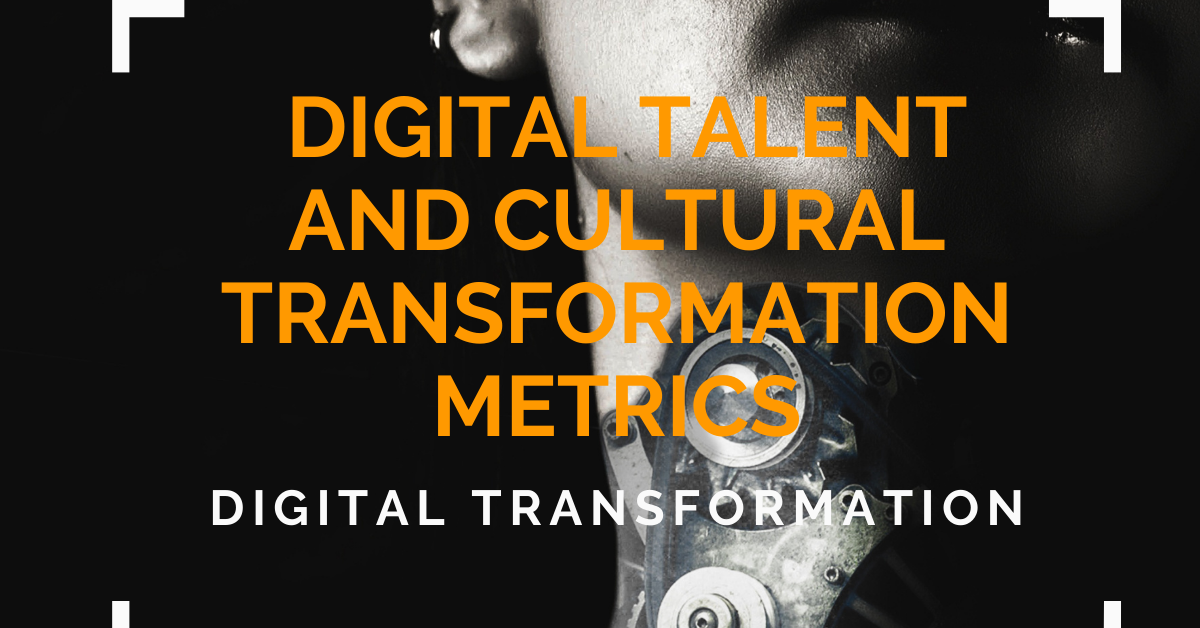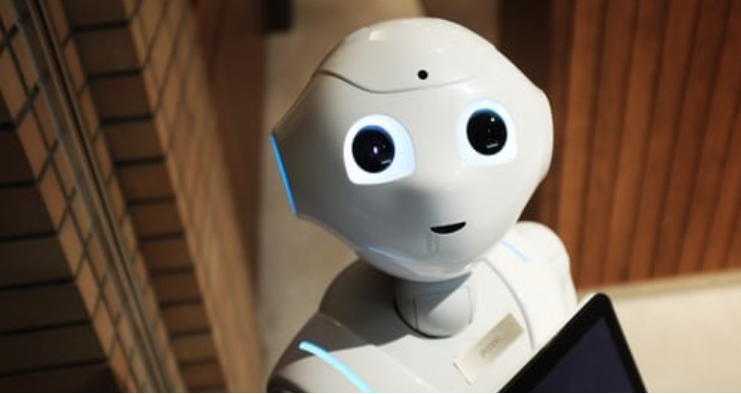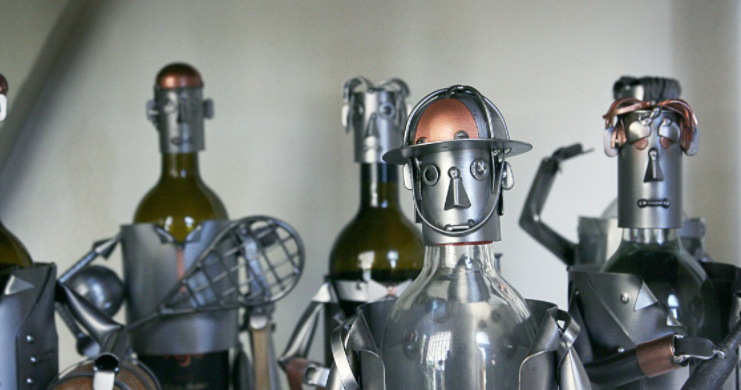An experts guide to the A-Z of all things Robotic Process Automation, Data Analytics and Intelligent Automation – the letter Y
Welcome to the TWENTY FIFTH part of a 26 part series detailing the A-Z of all things Robotic Process Automation (RPA), Data Analytics (DA), Intelligent Automation (IA) and Digital Transformation (DT). This article highlights all things relating to intelligent automation and digital transformation beginning with the letter ‘Y’.
Gen Y (aka Millennials)
Gen Y were the generation born in the 1980s and 1990s, comprising primarily the children of the baby boomers and typically perceived as increasingly familiar with digital and electronic technology.
- Values meaningful motivation.
- Challenges the hierarchy status-quo.
- Self-confident and ambitious.
- Places importance on relationships with superiors.
- Intuitive knowledge of technology.
- Open and adaptive to change.
- Places importance on tasks rather than time.
- Passion for learning.

Figure 1: Different Generations (www.consultancy.uk/news/2061/generation-y-less-satisfied-than-other-generations)
“Gen Y’s that are born in this era had the same message being told over and over again in almost every blockbuster movie. It was Ghost Busters, Ninja Turtles, and even Die Hard where it’s up to you alone or your ragtag team of misfits to quite literally save the world! Those Gen Y’s that think this way, I say more power to them and let’s help them change the world, view things differently and build efficiencies where maybe there were none previously.”
Doug Shannon, Enterprise Solutions Specialist
YouTube
YouTube is the online video platform owned by Google. It is the second most-visited website in the world. It might seem weird to think of YouTube as a search engine, but that’s exactly what it is. Specifically, it’s a search engine for videos. And because YouTube is its own search engine, it has its own SEO best practices.
“If you would have told people 20 years ago that you can have a mobile phone that will record you in high definition from holding your hand in front of you, it’s likely you will have got some strange looks. Let alone tell them that you can upload it to the web for people from around the world to see for free whenever you feel like it, as often as you please, and on any topic you like. To give you an idea of how valuable YouTube has become, check out the following figures. Google paid $1.65bn for the platform in late 2006. Estimations have suggested that if would have cost $170bn in 2020 to purchase. The ad revenue from YouTube in 2019 was $15.1bn.”
Tom Allen, Founder of the AIJournal.com
- How to Optimize Videos for YouTube Search – blog.hubspot.com/marketing/youtube-seo

Picture 1: Christian Wiediger on Unsplash
Yahoo
Yet Another Hierarchically Officious Oracle is the tongue-in-cheek acronym for Yahoo Inc., the large Internet portal that has, at various times, described itself as a platform company, a social networking company, an advertising company or a content company. Once one of the, if not the, largest portals in the world it lost that title to Google many years ago.
Yottabyte (YB)
A yottabyte (YB) is a unit of digital information storage used to denote the size of data. It is equivalent to a quadrillion gigabytes, 1,000 zettabytes or 1,000,000,000,000,000,000,000,000 bytes.
Y2K Bug
Y2K or the millennium bug or Year 2000 bug describes the issues of computers using a two-digit year date stamp. In the past, to save time and space, computer programmers represented a year as two digits instead of four (i.e. ’80’ for ‘1980’).
If a computer rolled over the date 1999 to the year 2000, the computer interpreted ‘2000’ as ’00’. This caused a computer to think it was ‘1900’ instead of the year ‘2000’.
Because computers were still using code in the late 1990s, many thought this could cause massive problems on the 1st of January 2000 (e.g. they assumed banks, airlines, government, etc. computer systems would stop working).
However, after hundreds of millions of dollars had been spent (this was the 90s) upgrading computers and computer code to accept the year 2000, no significant issues occurred on the 1st of January 2000. As a result many hailed the upgrades a success. Others considered the bug as an overblown waste of time and money.
“I was one of those youths who were in the thick of Y2K renovations for financial services companies. Naturally the work that we did was excellent!! I can’t help thinking that the hype generated was directly responsible for the hype associated with this time. This is not unlike the sales-driven hype around RPA in the early days. In effect grab someone off the street and they will “automate the entire business, unnecessary jobs will be slashed, the magic wand will be waved, and all processing will be completed with little to no effort”. These yearnings came from people who were just yakking, and clearly had aspersions of being on yachts, but in truth they were just yanking chains!! “
Dermot Carroll, Senior Technical Lead
This article highlighted some things relating to intelligent automation and digital transformation beginning with the letter “Y”. There are many ‘Y’s’ organisations need to consider but what ‘Y’ do you think is the most important?

About the author: I am recognised as an digital transformation, intelligent automation, data analytics and robotic process automation industry leader. I write and talk extensively about better ways for businesses to use digital and intelligent automation technologies to drive business performance.
Follow me on LinkedIn, join me monthly on LinkedIn Live or connect with me on Twitter.
#intelligentautomation #bots #rpaworks #digitaltransformation#roboticprocessautomation #rpa #cognitiveautomation #digitaldisruption#digitalworkforce #processautomation #digitalfuture #digitalstrategy
Other useful links:
- The biggest lie told to RPA customers – 50 robots equals success
- If your RPA program is not making money then it has failed.
- RPA – Proof of Concept (POC) or Proof of Value (POV)? Who cares, just get going!
- 40 Essential Selection Criteria to Choose an RPA Platform – 5 part series
- I meet 150+ developers and these are 20 signs of a truly gifted developer
- The A-Z of Robotic Process Automation, Intelligent Automation and Digital Transformation
- How to scale successfully – you have 60 seconds to reply
- Can organizations implement RPA without having a digital transformation strategy – what would you have said?
- 22 way to cut the cost of an automation program – 4 part series
Rights to use:
If this could benefit someone else tag them and share this.
Free to reuse: We are a community of RPA, digital analytics, digital transformation, and Intelligent Automation experts with years of real-world experience. We have stories to tell and the scars to show for it. We share our collective wisdom for free to simply provide as much value as we can to you. Therefore, if you want to post this article on your LinkedIn page then please feel free to do so. The more information we share within the RPA community the more likely businesses are to succeed with this excellent technology.
Further Help: If I can help you in any way please do reach out.
Note: The views expressed above are our views and not those of my employer or the employers of the contributing experts. Generation X, or Gen X, refers to the generation of Americans born between the mid-1960s and the early-1980s. Gen Xers, which fall between baby boomers and millennials, number around 65 million. Members of this group are approaching the middle of their working careers and potential peak-earning years







Leave a Reply